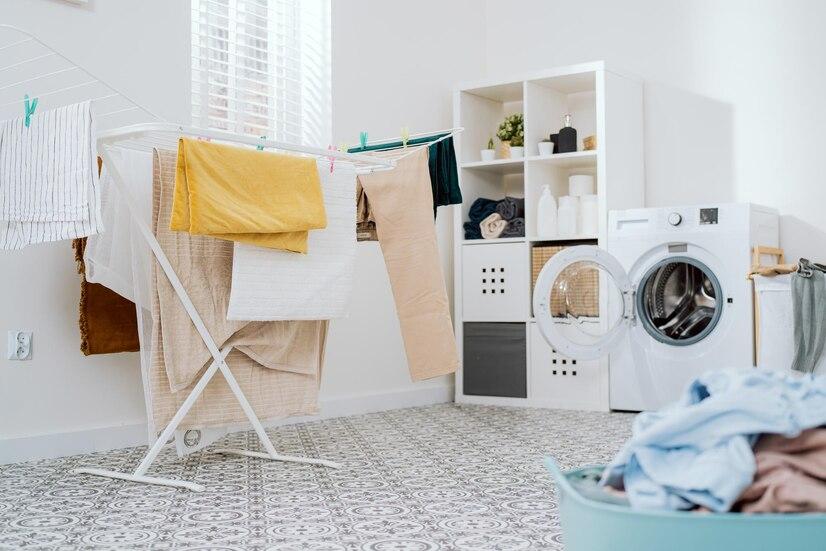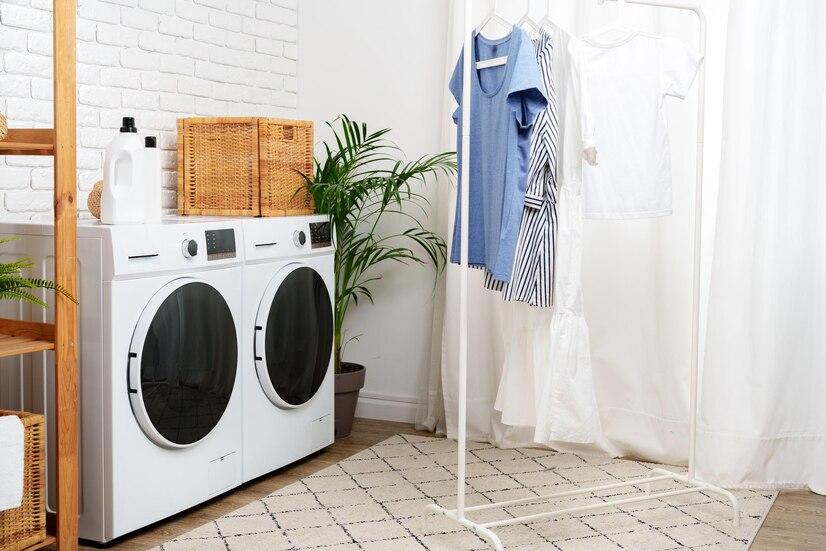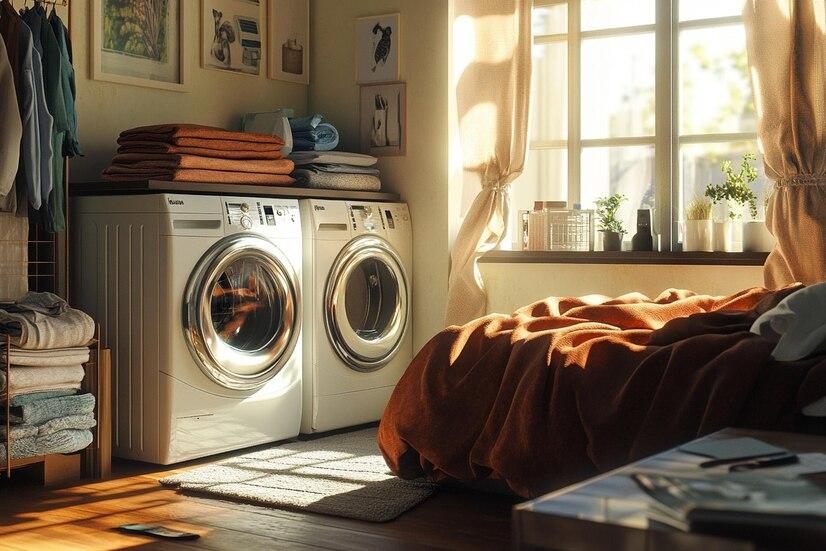



Table of Contents
- Introduction
- What is a Dry Area?
- Common Dry Areas in a Property
- Importance of Dry Areas in Real Estate
- Considerations When Designing and Maintaining Dry Areas
- Conclusion
- Faq's
Introduction
In real estate, the terms "Dry Area" and "Wet Area" are often used to describe different parts of a property based on their exposure to water and moisture. While Wet Areas include spaces like bathrooms, kitchens, and laundry rooms that are designed to handle water usage, Dry Areas are those parts of the property that are meant to remain moisture-free. Understanding the concept of Dry Areas is essential for anyone involved in property buying, designing, or maintaining, as it plays a significant role in the durability, functionality, and value of the property.
What is a Dry Area?
A Dry Area in real estate refers to a section of a building or property that is designed to remain free from moisture and water-related activities. Unlike Wet Areas, which include spaces like kitchens, bathrooms, and laundry rooms that are exposed to water, Dry Areas are intended for activities that do not involve water usage. Common examples of Dry Areas include living rooms, bedrooms, dining rooms, offices, and hallways. These areas are typically furnished with materials like wood, carpet, and certain types of paint, which can be damaged by moisture.
Dry Areas are important for maintaining the integrity of a property, as exposure to moisture in these spaces can lead to issues like mold growth, structural damage, and deterioration of materials. Keeping these areas dry is crucial for the longevity of the building, the health and comfort of its occupants, and the overall value of the property. Proper design, material selection, and humidity control are essential to ensure that Dry Areas remain moisture-free. Dry Area
Dry Area
Common Dry Areas in a Property
Living Rooms: Often the central hub of a home, living rooms are Dry Areas where families gather to relax, entertain, and enjoy leisure activities. The furniture, flooring, and electronics typically found in living rooms are sensitive to moisture, making it important that this area remains dry.
Bedrooms: Bedrooms are sanctuaries designed for rest and relaxation. As a Dry Area, the bedroom's environment must be kept free from moisture to ensure comfort and to protect the bedding, furniture, and personal items stored there.
Home Offices/Study Rooms: With the rise of remote work, home offices and study rooms have become more prominent in residential properties. These areas are considered Dry Areas, where computers, documents, and books are kept, all of which can be easily damaged by moisture.
Dining Rooms: Although meals are consumed in dining rooms, they are classified as Dry Areas because they are distinct from the kitchen and are not used for food preparation or cleaning.
Hallways and Corridors: These transitional spaces are also considered Dry Areas. They connect different parts of a home or building and typically do not involve water usage. Common Dry Area
Common Dry Area
Importance of Dry Areas in Real Estate
Maintenance and Longevity: One of the most critical aspects of property maintenance is ensuring that Dry Areas remain moisture-free. Prolonged exposure to moisture can lead to serious issues like mold, mildew, and structural damage, which can compromise the integrity of a building. By keeping Dry Areas moisture-free, property owners can extend the lifespan of materials like wood, drywall, and carpeting, thereby reducing the need for frequent repairs and renovations.
Health and Comfort: Maintaining Dry Areas is crucial for the health and comfort of the occupants. Moisture in areas that should remain dry can lead to poor indoor air quality, which can cause respiratory problems and allergies. Ensuring that these areas stay dry helps to create a healthier living environment.
Property Value: Properties with well-maintained Dry Areas often command higher market values. Prospective buyers are more likely to invest in a property where Dry Areas are free from water damage, mold, and other moisture-related issues. This is because such properties are perceived to be better maintained and less likely to require costly repairs in the future. Importance of Dry Areas
Importance of Dry Areas
Considerations When Designing and Maintaining Dry Areas
Material Selection: Choosing the right materials is critical when designing Dry Areas. Materials like wood, carpet, and certain types of paint are ideal for Dry Areas because they are susceptible to moisture damage. For instance, hardwood floors, while beautiful, can warp if exposed to moisture, making them better suited for Dry Areas rather than Wet Areas.
Humidity Control: Even in Dry Areas, it's important to control humidity levels. High humidity can lead to condensation, which can cause moisture to accumulate in Dry Areas. This can be particularly problematic in climates with high humidity levels or in poorly ventilated spaces. Using dehumidifiers and ensuring proper ventilation can help maintain optimal conditions in Dry Areas.
Integration with Wet Areas: Careful planning is needed when Dry Areas are adjacent to Wet Areas, such as a living room next to a kitchen or a bedroom adjacent to a bathroom. Proper sealing, waterproofing, and drainage are essential to prevent water from leaking into Dry Areas. Builders and designers must ensure that there are sufficient barriers, such as moisture-resistant doors and walls, to protect Dry Areas from water intrusion.
Conclusion
Dry Areas are a fundamental aspect of any property, whether residential or commercial. Understanding and maintaining these areas is crucial for the longevity, functionality, and value of a building. By selecting appropriate materials, controlling humidity, and carefully planning the layout, property owners and developers can ensure that Dry Areas remain free from moisture-related issues. This not only preserves the integrity of the property but also contributes to a healthier and more comfortable living or working environment. As such, Dry Areas are an essential consideration in real estate, impacting everything from design and maintenance to property valuation.
explore further
Latest from Encyclopedia
More from Interactions
Resources
Dwello, for every home buyer, is a way to go from 'I feel' to 'I know', at no extra cost.




